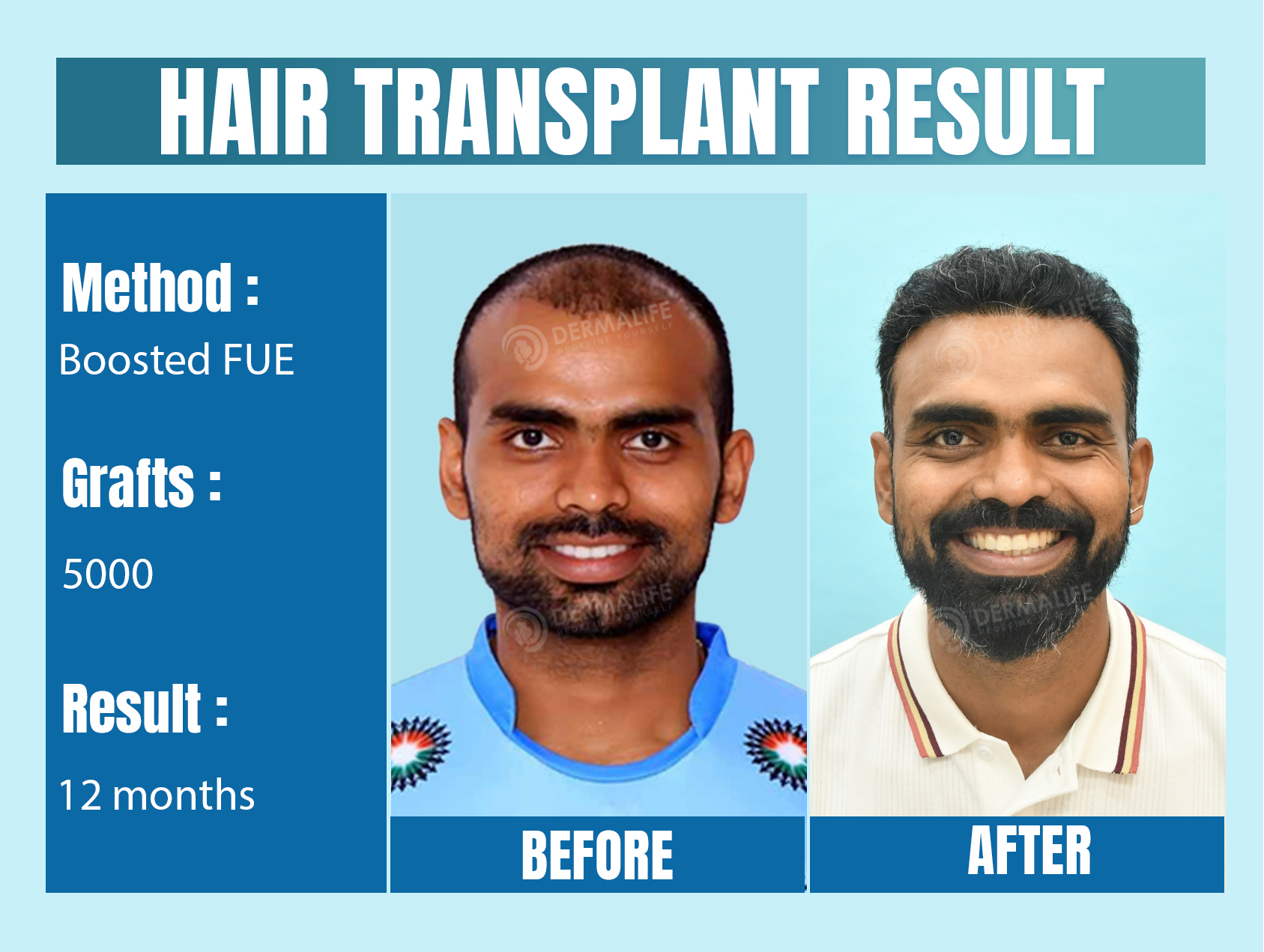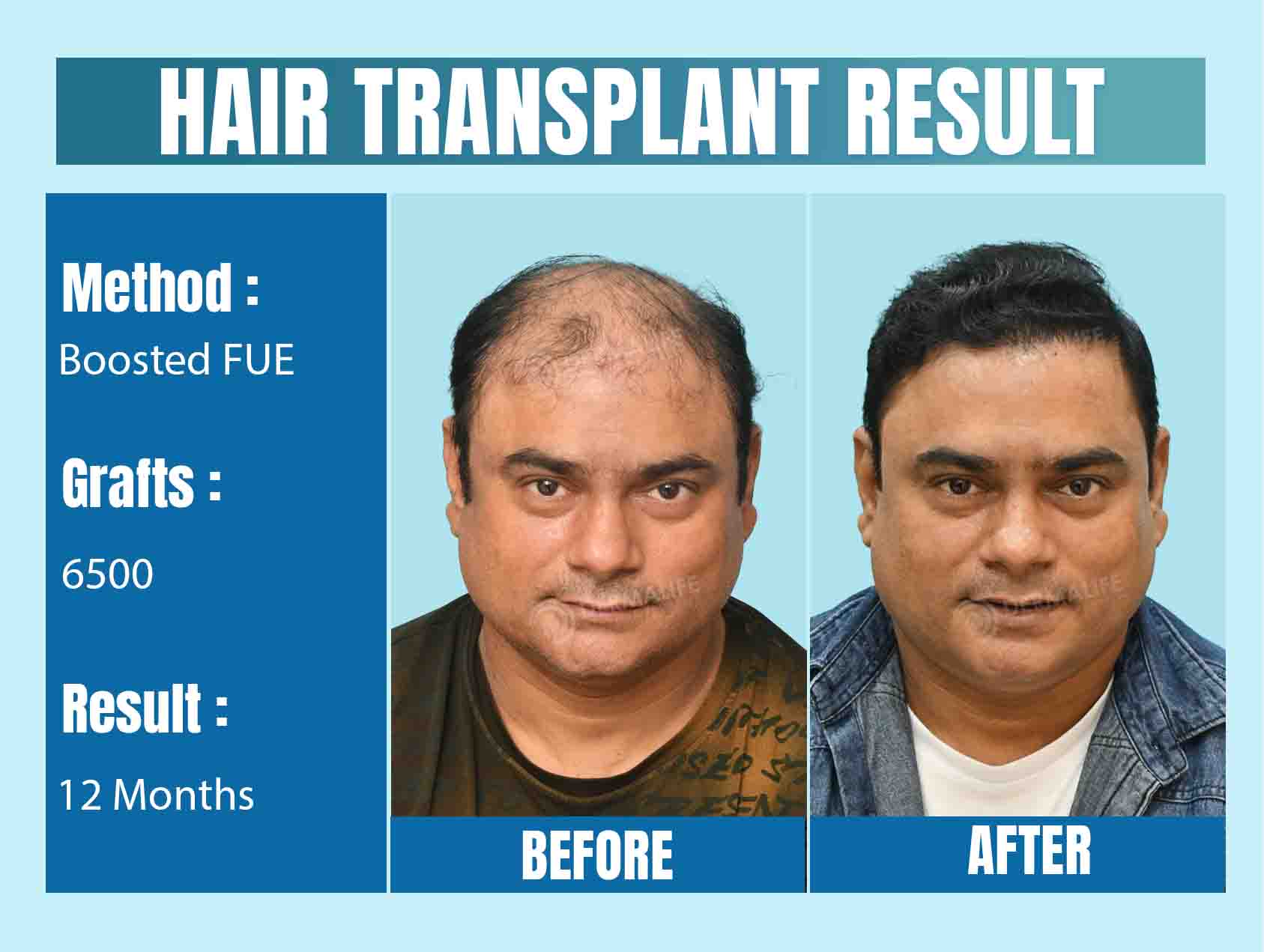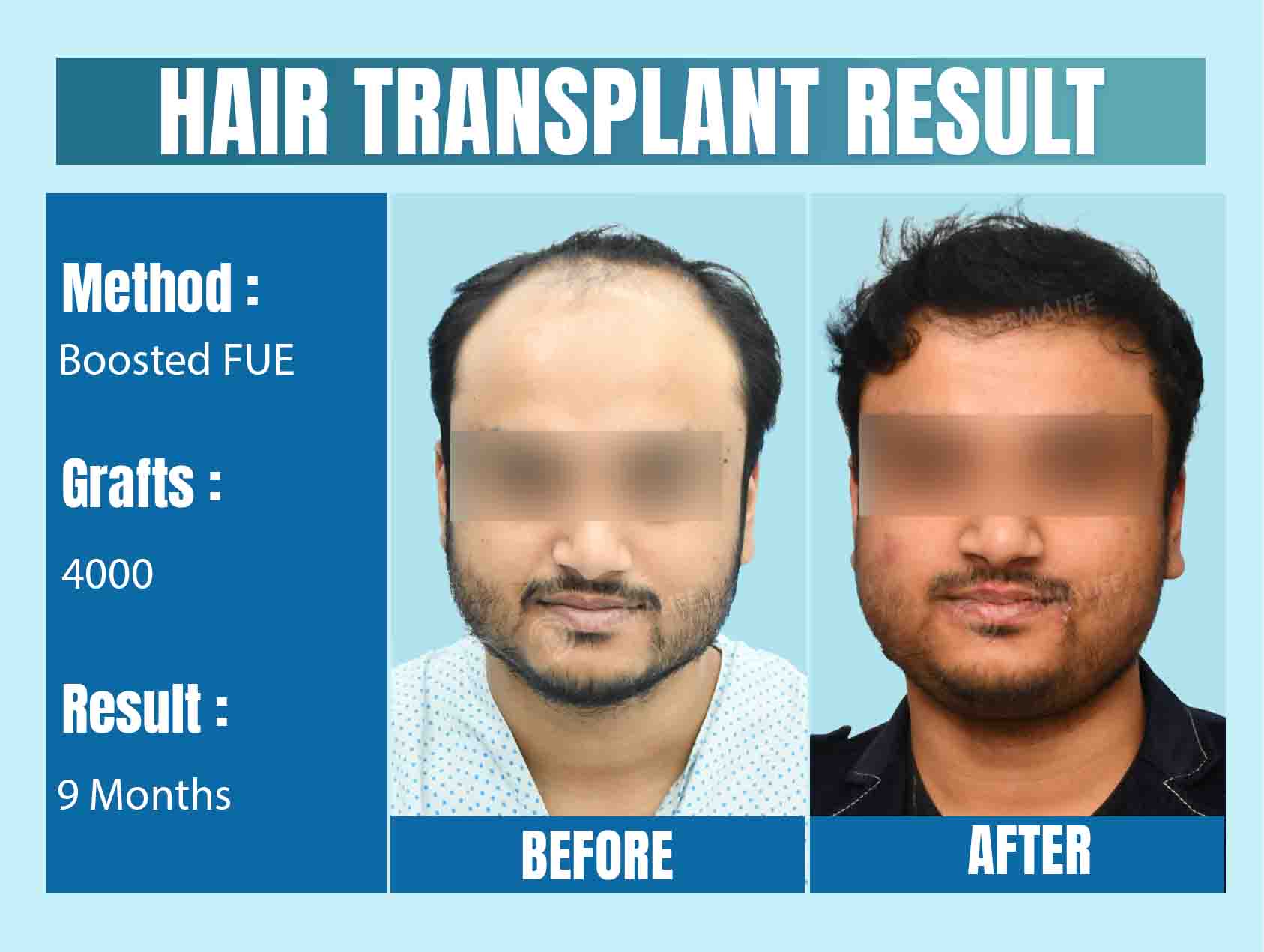


Hair is a continuously growing organ of our body. It has a root placed in the skin's lower part. From this root, hair emerges from the skin. (image of skin with hair root, like this one-)
The hair follicle (hair root) is placed in the second layer of skin. Hair over different body parts varies in density, thickness, and length. The hair over the scalp grows longer than the hair from other body parts. The Beard hair is thicker, and the body hair is finer. Body hair, i.e, Chest and arm hair, doesn’t grow long.
There are three main types of hair based on race: Asian hair, African hair, and Caucasian hair (European hair). There are minor regional differences within the races. Caucasians have the most density of hair, Asians have the thickest diameter of hair and fastest-growing hair, and Africans have the most curled hair over the scalp.
The root of the hair contains color cells (Melanocytes), which are responsible for the color of the hair. The nutrition of the root determines the thickness and shine of the hair.
Hair is dynamic, changing its structure from childhood to puberty to adulthood and to old age in terms of thickness and color. The hair cycle is divided into three distinct phases. 1) Anagen, 2) Catagen, 3) Telogen.
The main growing phase of hair is called the Anagen phase, which is a major determinant of the maximal hair length, along with the rate of hair growth. This phase lasts for 3-10 years for scalp hair. However, this phase has different time durations for different types of hair. For example, the anagen phase of eyebrow hair is 70 days, while the anagen phase of the hair over the scalp is 3-10 years on average. This is the reason why eyebrow hairs are much shorter than the hair on the scalp. An increase in the duration of anagen increases the length of the hair.
The second phase is the Catagen phase, which is a short transition stage that occurs at the end of the anagen phase. It signals the end of the active growth of hair. This phase is of 2-6 weeks' duration for scalp hair.
The third phase is the Telogen Phase. It is the resting phase of the hair cycle. The duration of this phase is 3-4 weeks for scalp hair. After this phase, the hair root goes into the phase of Anagen again, and new hair emerges from the hair follicle (hair root).
Understanding the structure of the scalp will help you understand how safe the hair transplant procedure is. The scalp has five distinct layers: 1) Skin, 2) Subcutaneous tissue, 3) Aponeurotica, 4) loose connective tissue, and 5) Pericranium. After these 5 layers, the skull bone comes, and your brain is protected inside the skull safely. For a hair transplant in Delhi, we have to take out the hair root from the skin of the donor area and have to implant it into the skin of the bald area. As all the surgical work is going on in the skin layer without affecting the deeper structures like the skull bone and brain, a hair transplant does not have major surgical side effects or complications.
What is a graft and follicular unit, and a hair root? People are always confused between Graft (i.e, Follicular unit) and Hair Root (hair follicle). I will explain it to you in simple words. Hair root is called a Hair Follicle in medical terms. These hair roots are present in a group of 2 to 5 roots over the scalp, as shown in the following image. This group of hair roots is called a graft or follicular unit.
1 graft/follicular unit = 2-5 hair roots
The reasons for baldness are different for males and females. If you observe any bald male person, you will find that baldness affects only the front, mid, and crown areas of the scalp. It does not affect the back of the scalp and the side of the scalp area in most patients.
The best donor area is the back and the side of the scalp. However, if scalp hair is not sufficient in number, we can use beard hair and chest hair to implant over the bald area. One very important point to keep in mind is that only the FUE technique can take out grafts from the beard and chest donor area.
Book Free Consultation with Dr. Gaurav Garg